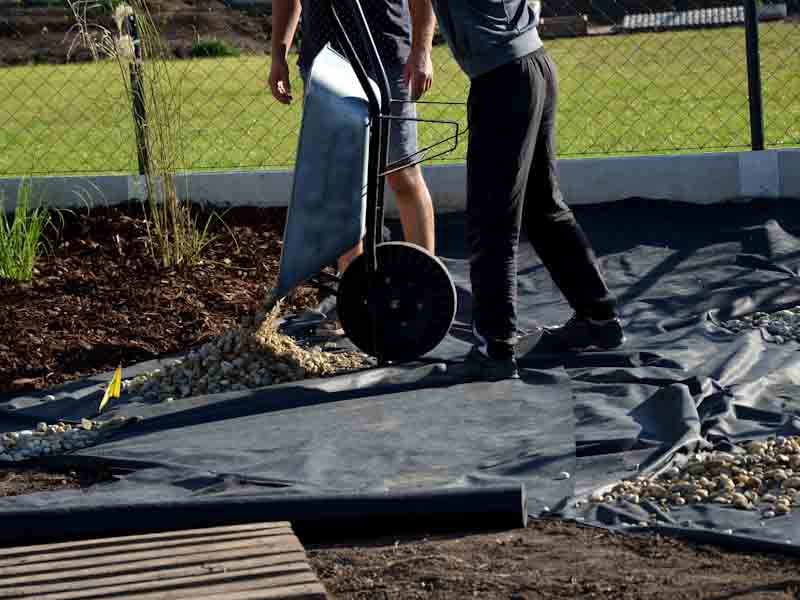Permanent Weed Barrier Fabric – 4.75 oz
FREE SHIPPING
Permanent weed barrier fabric is designed for applications where a solution which will last for years of continuous use is required. This weed barrier cloth is composed of a woven / non-woven hybrid material allowing both strength and versatility. One side of the fabric has "woven" properties while the other has "non-woven" characteristics. By fusing the two types together the fabric has increased strength as well as permeability to allow air and water to flow through. This material combination produces a very effective weed stop fabric which ideal for controlling weed growth in residential, commercial and nursery applications.














